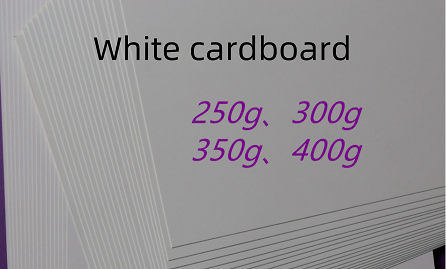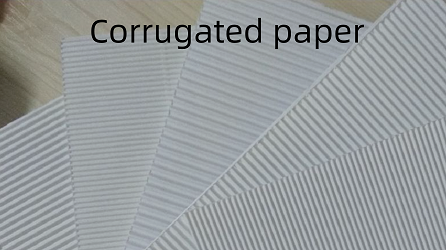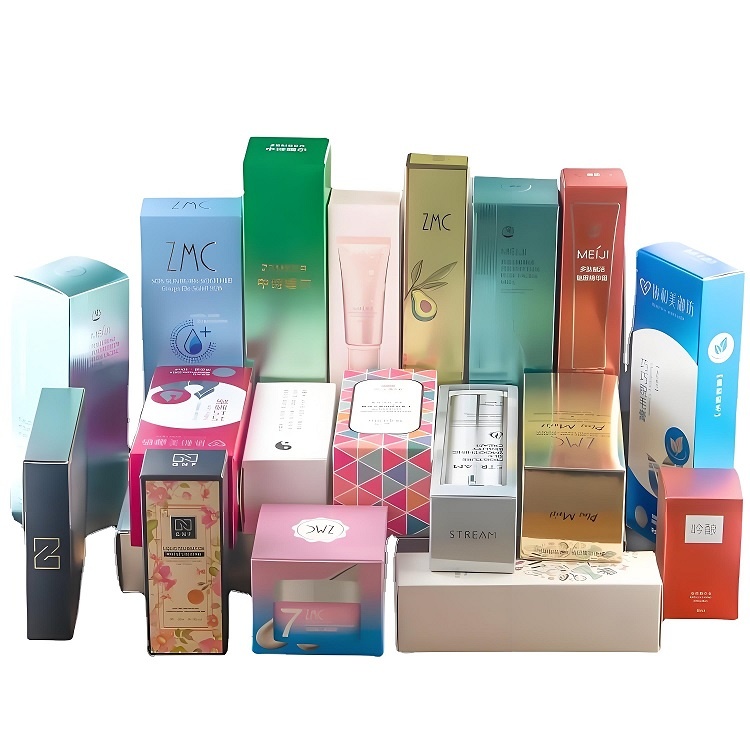

Introduction to Color Boxes
Color boxes are folding boxes or micro-corrugated boxes made from cardboard or micro-corrugated paperboard. These versatile packaging solutions are widely used across industries such as electronics, food and beverages, alcohol, tea, cigarettes, health products, cosmetics, small appliances, clothing, toys, and sporting goods. They play a crucial role in packaging for products, color cosmetics, and other retail items.
1. Common Materials and Grams of Color Boxes
A. Cardboard
Common weights for cardboard include 250g, 300g, 350g, 400g, and 450g, which are suitable for making rigid boxes, skin care boxes, and packaging for luxury products like s, s, and cosmetics.

B. Corrugated Paper
The most commonly used corrugated materials are E and F flutes, with a color-coated exterior of 250g powder-gray paper and a corrugated core. This type of material is often used in making kraft boxes, which are popular for eco-friendly packaging solutions.
C. High-Quality Packaging Boxes
Premium packaging boxes are typically made with grey board and feature a higher gram weight, usually ranging from 600g to 1500g. These are ideal for more robust packaging needs, such as perfume gift boxes or skin care boxes that require extra durability.
2. Types of Color Box Paper and Materials
A. Paper Types
Gray Copper Paper: Smooth and printable on the white side, gray on the back, commonly used in cosmetic packaging.
White Copper Paper: One smooth side and one uncoated side, great for high-quality color printing on cosmetics or skin
care boxes.
Single Copper Paper: Known for its bright surface and quick ink absorption, perfect for intricate designs on packaging like rigid boxes or color boxes.
Gold and Silver Cardboard: These premium papers are used for high-end packaging, adding luxury appeal to perfume and skin care packaging.
Laser Cardboard: Used for a striking, colorful effect on color boxes, especially for seasonal cosmetic collections.
B. Corrugated Paper
Corrugated cardboard is often used for durable shipping boxes or outer packaging. Single-flute corrugated paper, like E-flute, is commonly used for lighter products, while thicker corrugated boards are used for items requiring extra protection during transit.

3. Thickness of Cardboard for Color Boxes
The thickness of color box materials varies depending on the type of box:
Single Pit: 3±1mm, commonly used in slide boxes and kraft boxes.
Double Corrugation: 6±1mm, frequently used for robust packaging like rigid boxes for premium products.
Triple Corrugation: 9±1mm, typically used for extra sturdy boxes that need to withstand heavy use, ideal for large cosmetic sets or gift boxes.
4. Production Process of Color Boxes
The typical production steps for color boxes include:
Design and Drafting: Creating structural and aesthetic designs for packaging (such as for skin care boxes or paper boxes).
Printing: Applying the design using various techniques such as offset, flexographic, or screen printing.
Surface Treatments: Enhancing the finish with glazing (gloss or matte), UV coatings, or lamination to give the box a polished look. These finishes are often used in luxury rigid boxes and cosmetic packaging.
Die-Cutting: Shaping the box and preparing it for assembly. Custom die-cutting is essential for creating unique box designs, like slide boxes and foldable color boxes.
Assembly and Gluing: Folding, gluing, and final inspection of the boxes. Some boxes, like kraft boxes, may be stapled for added strength.

5. Material Knowledge
Color box materials include surface paper, inner paper, and core paper. These materials are selected based on the design's strength and aesthetic requirements:
Facial Tissue: Cardboard with thicknesses from 0.4 to 0.8mm, commonly used for paper boxes and cosmetic packaging.
Core Paper: Typically includes E-pit, high-pit, and regular-pit corrugated papers. For cosmetics and luxury goods, a stronger core paper like high-pit is used.
6. Price Calculation
The price of a color box is determined by material costs (which generally account for 70% of the cost) and processing fees, which include printing, lamination, die-cutting, and gluing. The cost varies depending on the box type, material quality (such as kraft paper for eco-friendly packaging), and order quantity.
7. Professional Terminology for Printed Matter Imposition
Bleed: The area outside the finished design that is trimmed to ensure there is no unprinted edge.
Incision Width: The space between the image area and the finished edge, which is important in precision die-cutting for boxes.
Contour Lines: Used in die-cutting, these lines outline the shape of the box or packaging.
8. Conclusion
Color boxes, whether rigid, kraft, or slide boxes, provide excellent packaging solutions for various industries, particularly for skincare and cosmetic brands. By selecting the right materials, thicknesses, and production techniques, brands can create packaging that not only protects the product but also enhances its visual appeal, helping to attract and engage customers.





